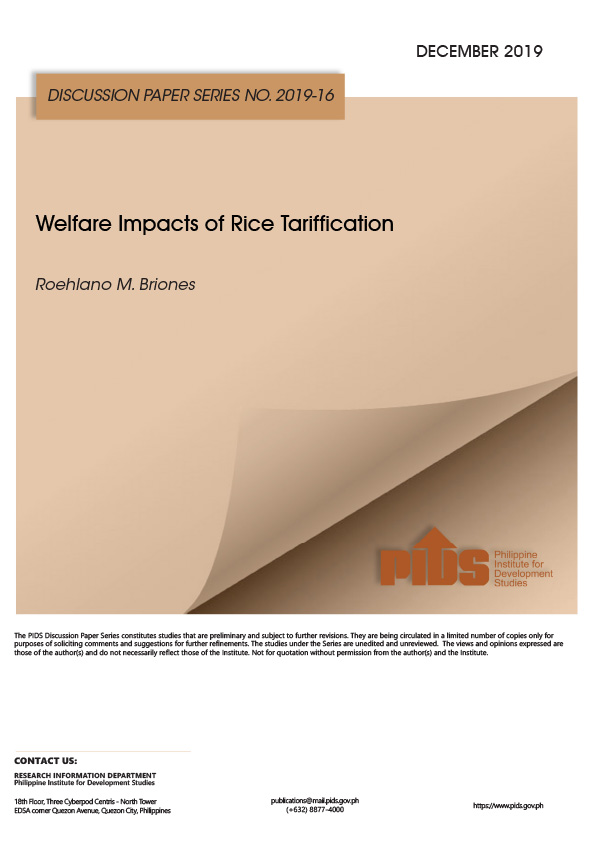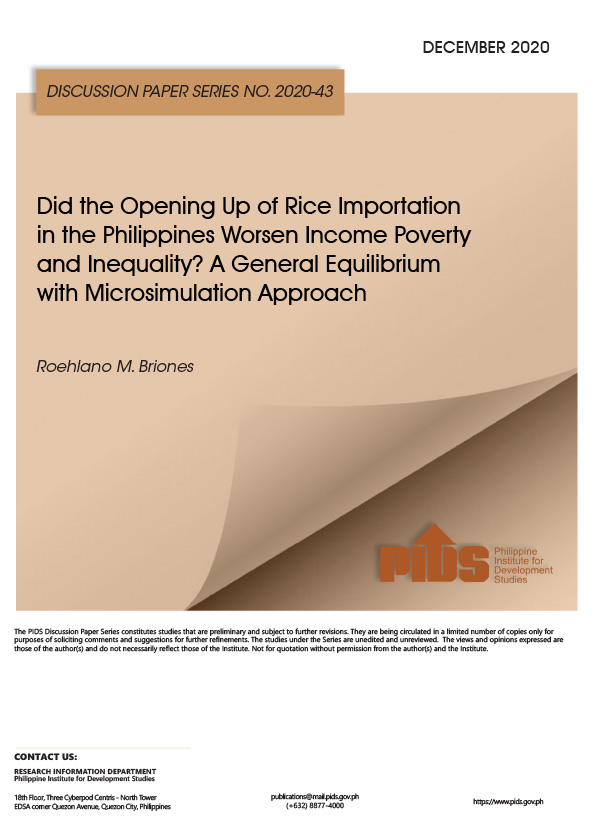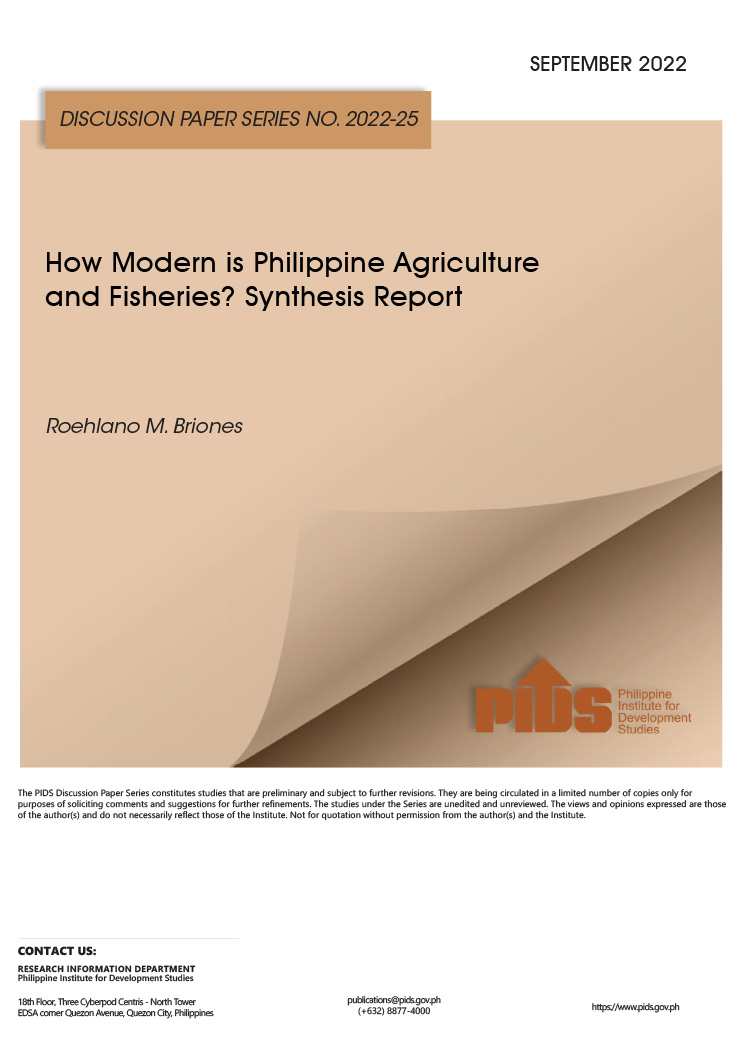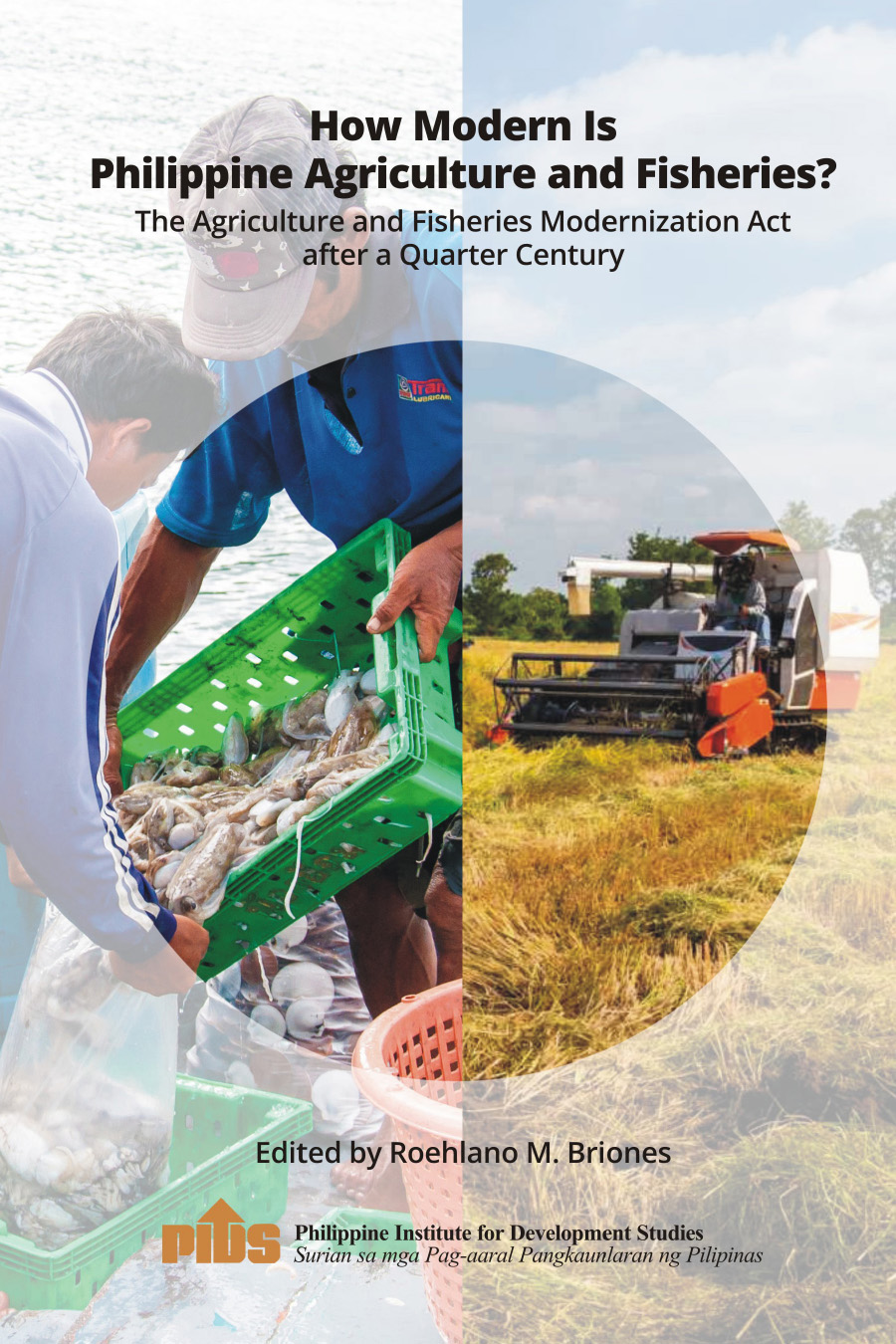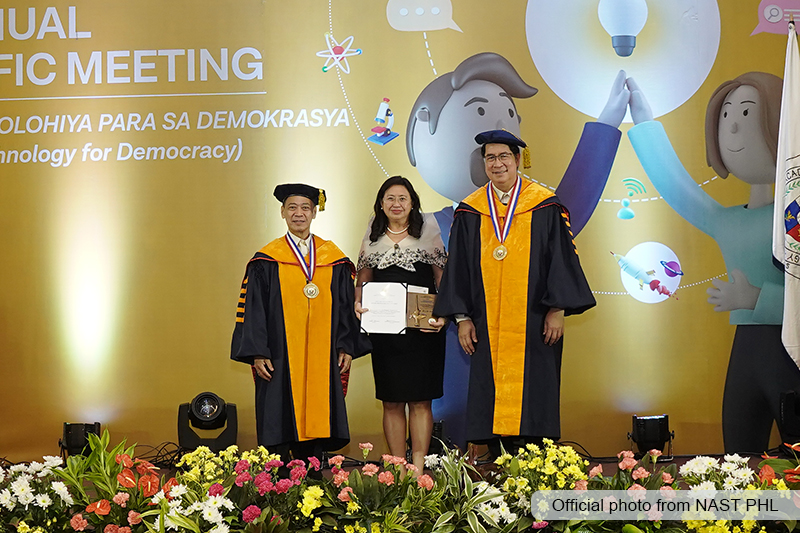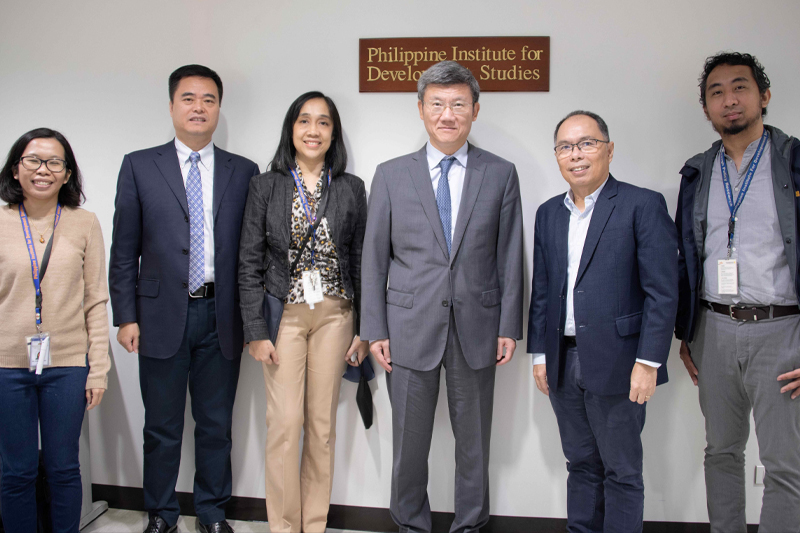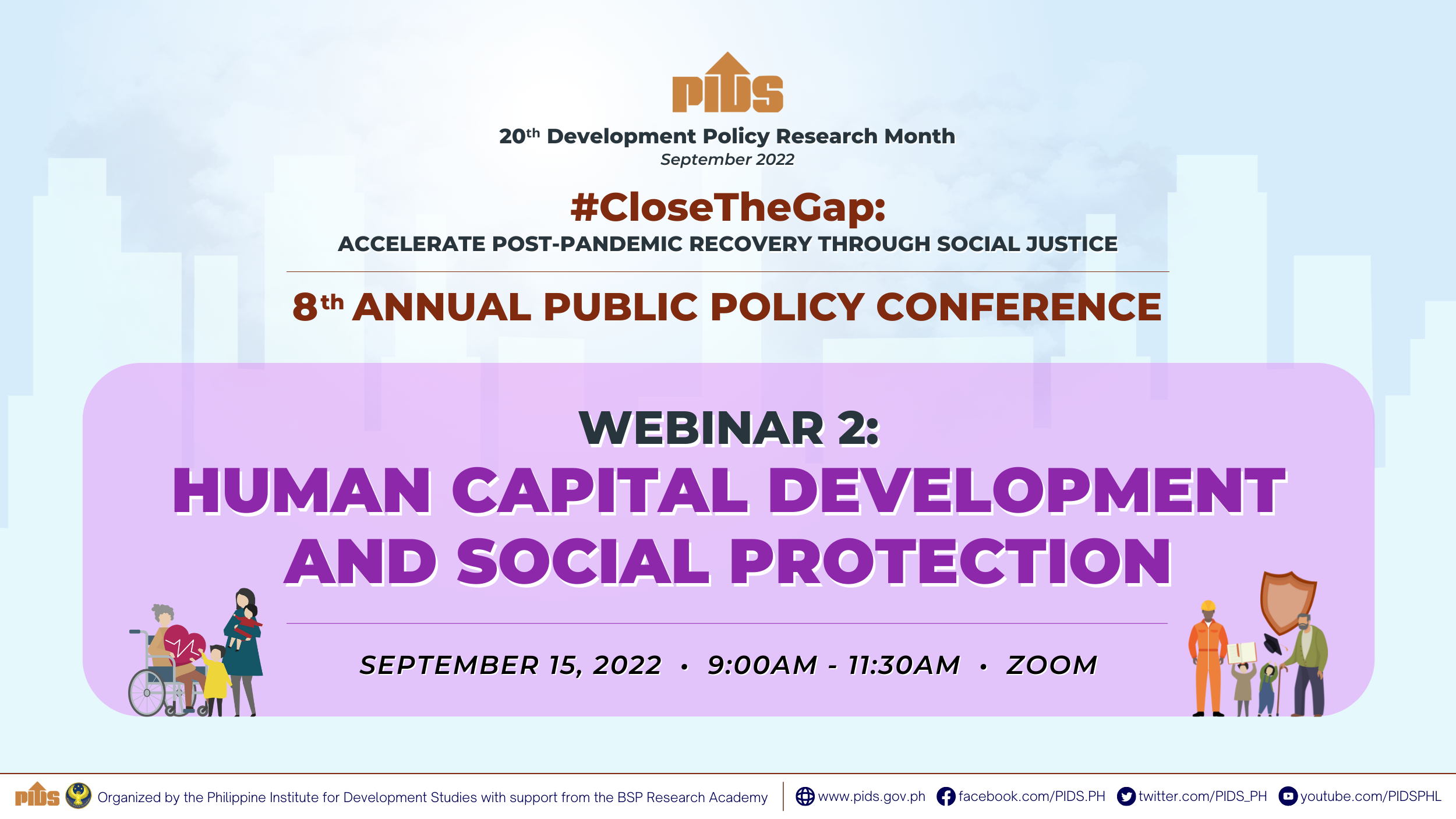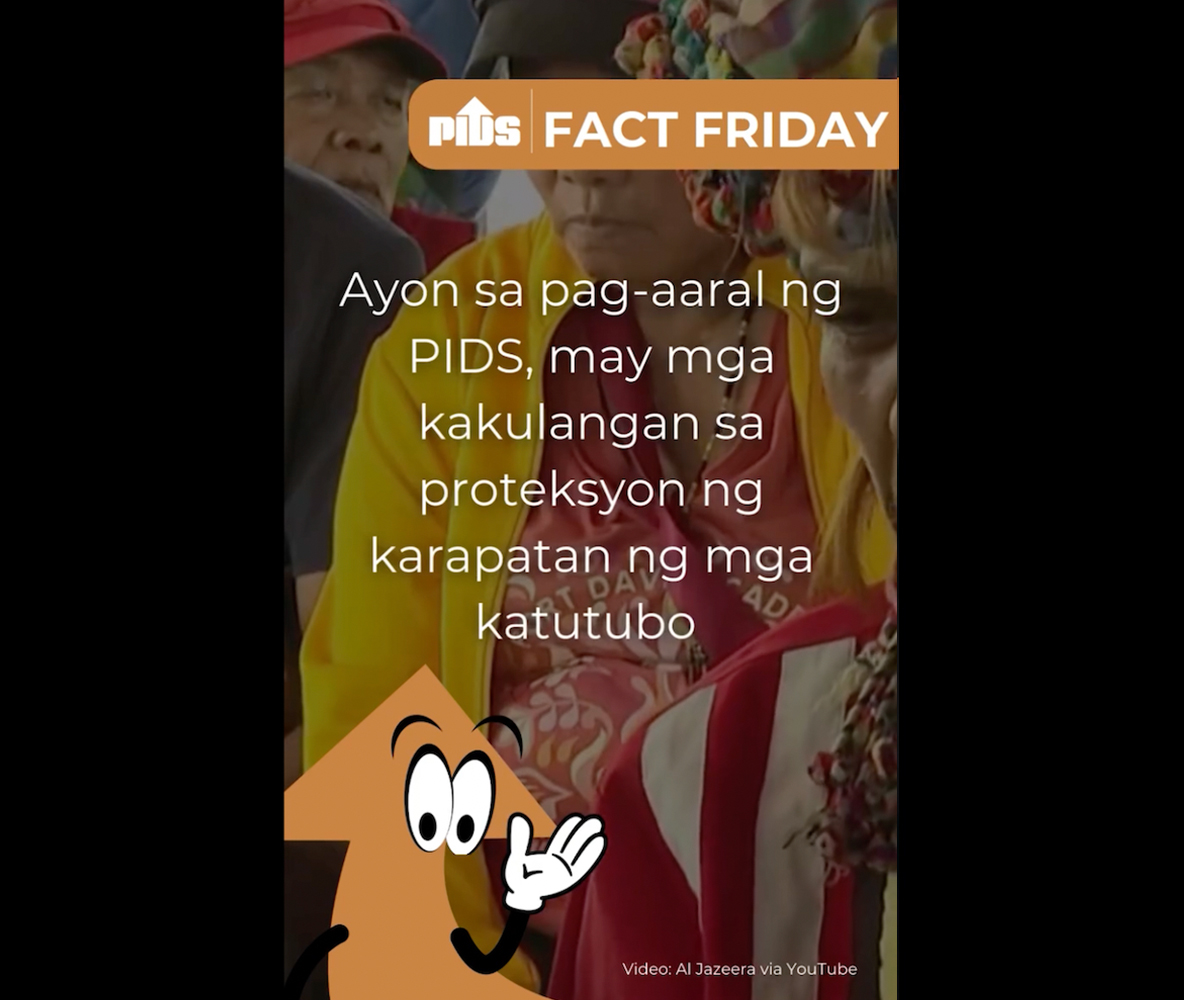The Rice Liberalization Act (RA 11203), signed last February 2019, reverses decades-long policy of placing quantitative restrictions on rice importation administered by the National Food Authority. The Act goes further by dismantling interventionist policy in the rice industry by divesting the Authority of its regulatory powers. The policy has been controversial, with some farmers and even lawmakers calling for a review and reversal of the law. This study takes a long term perspective by conducting ex-ante impact assessment based on a computable general equilibrium model with welfare effects disaggregated by income decile. Under liberalization, rice imports are far larger than under the interventionist policy. Farmgate and retail prices are significantly lower under liberalization. It finds, among others, that farmers are worse off under liberalization, while consumers are better off. On the side of farmers, the policy causes a fall in palay output, as well as area harvested, relative to that under an interventionist policy. Aggregating the peso value of benefits and costs, the study also finds that society as a whole is better off under liberalization. Benefits from liberalization are spread widely across the population, while the costs are concentrated among net rice producers.
Citations
This publication has been cited 14 times
- Abenis-Macahilo, Henri. 2020. Intl. Human Rights Day: Why Filipino rights activists want President Duterte to resign from office. Rights Corridor.
- Campos, Othel. 2020. Government support to farmers hits P34 billion. Manila Standard Today.
- DA. 2020. Gov’t provided rice farmers, consumers P100B in assistance, savings. Philippine Information Agency.
- de la Cruz, Jovee Marie. 2020. RTL in first year: P40-billion losses for farmers,minimal gains for consumers – FFF study. BusinessMirror.
- Department of Agriculture. 2020. Gov’t provided rice farmers, consumers P100B in assistance, savings. Department of Agriculture.
- Fermin D. Adriano . 2021. [ANALYSIS] In response to Raul Montemayor's piece on the Rice Tariffication Law. Rappler.
- Fermin D. Adriano. 2023. Do politicians care about the country's future?. Manila Times .
- Henri Abenis-Macahilo . 2020. A luta continua: The Philippines’ rural poor and their perpetual fight for rights. Rights Corridor.
- Kurt Dela Peña. 2022. Arguments to repeal rice tariffication: Prices still high but farmers poorer. Inquirer.
- Luna, Franco. 2019. Think tank urges making compensation for rice farmers a priority. Philippine Star.
- Ocampo, Karl. 2019. Rice farmers ‘worse off’ under liberalization — think tank. Inquirer.
- Ocampo, Karl. 2020. Despite gov’t interventions, palay prices remain too low. Inquirer.
- Ordonez, Ernesto. 2020. DA 20/20 vision needed in 2020. Inquirer.
- Raul Montemayor . 2020. Winners and losers from the rice tariffication law. Inquirer.net.

